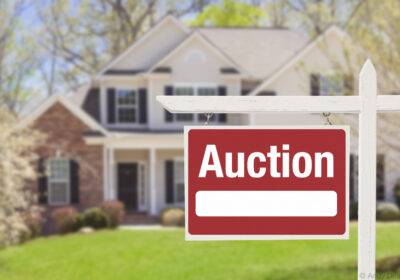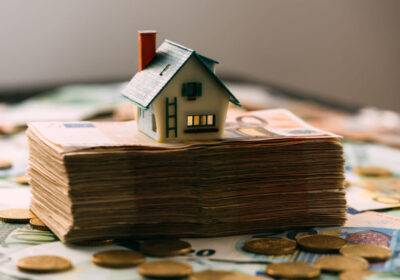
: How to Measure Financial Investment
The financial analysis principle of net present value enabled us to first calculate the present value of an investment and then subtract the actual cost of the asset from its present value. The N.P.V. calculations were made with a minimum rate of return already established by the firm. In this section, in- stead of solving for the N.P.V., we solve for the internal rate of return (I.R.R.). The I.R.R. calculation measures the yield or rate of return on an investment rather than its present value. The present value is assumed to be the initial cost of the asset. The I.R.R. calculation measures the yield from a series of cash flows across a specified period of time and includes the cost of the asset, the cash flows from the asset, and the salvage value of the asset at the end of its useful life. In the case of plant and equipment, an asset’s useful life may be exhausted at the end of a period due to functional or technical obsolescence. The useful life of real estate, which may actually increase in value over time, is said to be exhausted when the property is divested.
Let’s look at an example. Assume Investor Lincoln wants to add an additional space to a small retail strip center. Construction costs to add the space are estimated to be $100,000. As illustrated in Table 7.3, Lincoln has two choices. In Scenario 1, he can lease the space to Tenant A, on a lease-option agreement for three years at a rate of $10,000 per year and then sell the space at the end of the three-year period for $110,000. In Scenario 2, he can lease the space to Tenant B on a lease option agreement for six years at a rate of $10,000 per year for the first three years and $12,500 for the next three years, then sell the space at the end of the six-year period for $120,000.
The internal rate of return in Scenario 1 is 12.94 percent. The income generated from three years’ worth of cash flows is the equivalent of earning an annualized rate of return of 12.94 percent on Investor Lincoln’s initial investment of $100,000. If, however, Investor Lincoln chooses to hold the property for six years, his yield increases to 13.40 percent. Because the I.R.R.s in this example are marginally close, there may be other factors such as tax issues that could affect Lincoln’s decision to choose one scenario over the other; however, with all other things being equal, the higher yield in Scenario 2 suggests that Investor Lincoln should choose this alter- native over Scenario 1.





